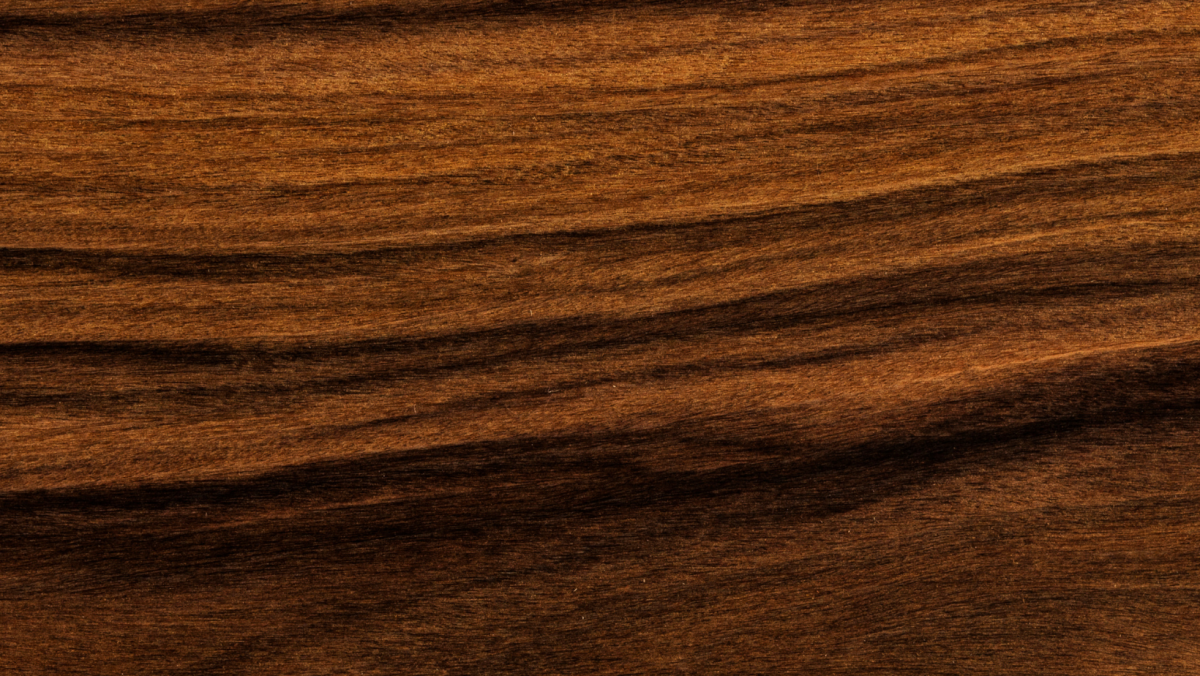The value of lumber is dependent upon its purpose. For instance, softer woods which are lighter weight and more readily available are typically used for construction projects; while their heavier, hardwood counterparts are more commonly used for woodworking.
Hardwoods including oak, cherry, birch, teak, mahogany, ash and hickory provide a dense, moisture- resistant woodworking material and come in an array of beautiful colors. Here are a few specific examples…Hickory, which is approximately 30% stronger than oak and known for its shock absorbent nature, is an excellent construction material for tool handles and sporting equipment. Black cherry and black walnut, renowned for their rich hues and tight grains, are wonderful lumber choices for high-end cabinetry. Musical instruments tend to be crafted from sugar maple. The wood used on boats is typically teak. Plus, if you prefer ash, white ash is the strongest of the ash varieties.
However, dense hardwood trees can take longer to grow, so hardwood lumber can be more costly than other lumber alternatives. Softwoods are easier to grow, making them a more cost-effective lumber option. Lightweight and more readily available, softwoods tend to be absorbent with straight grains and few defects. Often used for home construction and other building projects, common types of softwood lumber are sourced from pine, cedar, spruce and fir trees.
The lumber industry can take things a step further with processes such as engineering wood to reinforce it and treating lumber with chemicals to make it more suited for outdoor use. If you would like more information to determine the best lumber for your next project, there are plenty of lumber experts at M & M Enterprises to help!

